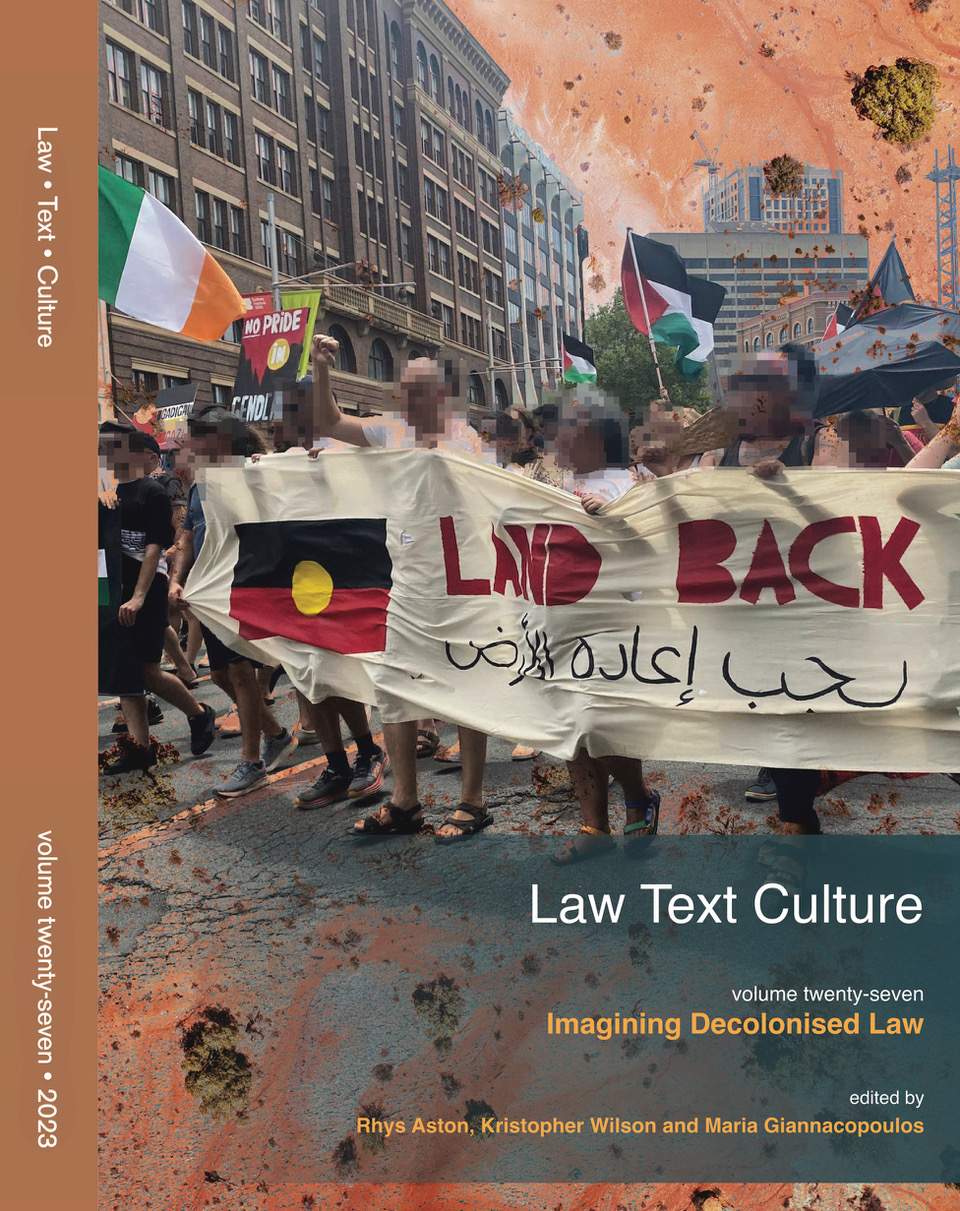Abstract
There are many ways to damage a reputation. The most obvious way is by words, written or spoken — libel or slander. Centuries of case law, however, disclose that defamation defendants have been endlessly inventive about the means by which they damage a plaintiff’s reputation. In Falkenberg v Nationwide News Pty Ltd, a married couple in the Sydney suburb of Leichhardt complained about a ‘Far Side’ cartoon published in The Daily Telegraph Mirror, which included their actual home telephone number as the relevant, fictitious one to contact Satan. In Bishop v State of New South Wales, a schoolteacher complained about a theatrical performance by school students suggesting that he was in a sexual relationship with a colleague. In Monson v Tussauds Ltd, the plaintiff, a man against whom a verdict of ‘not proven’ had been returned in a Scottish murder trial, complained about a waxwork dummy of himself, which was on display in the ‘Chamber of Horrors’ in the famous London waxworks, Madame Tussauds, alongside convicted murderers. In his judgment, Lopes LJ noted that it was not necessary for defamatory matter to be written or spoken, that even ‘a statue, a caricature, an effigy, chalk marks on a wall, signs, or pictures may constitute a libel’.
How to Cite:
Rolph, D., (2006) “Dirty pictures: Defamation, reputation and nudity”, Law Text Culture 10(1). doi: https://doi.org/10.14453/ltc.603
Downloads:
Download PDF
View PDF
334 Views
17990 Downloads

